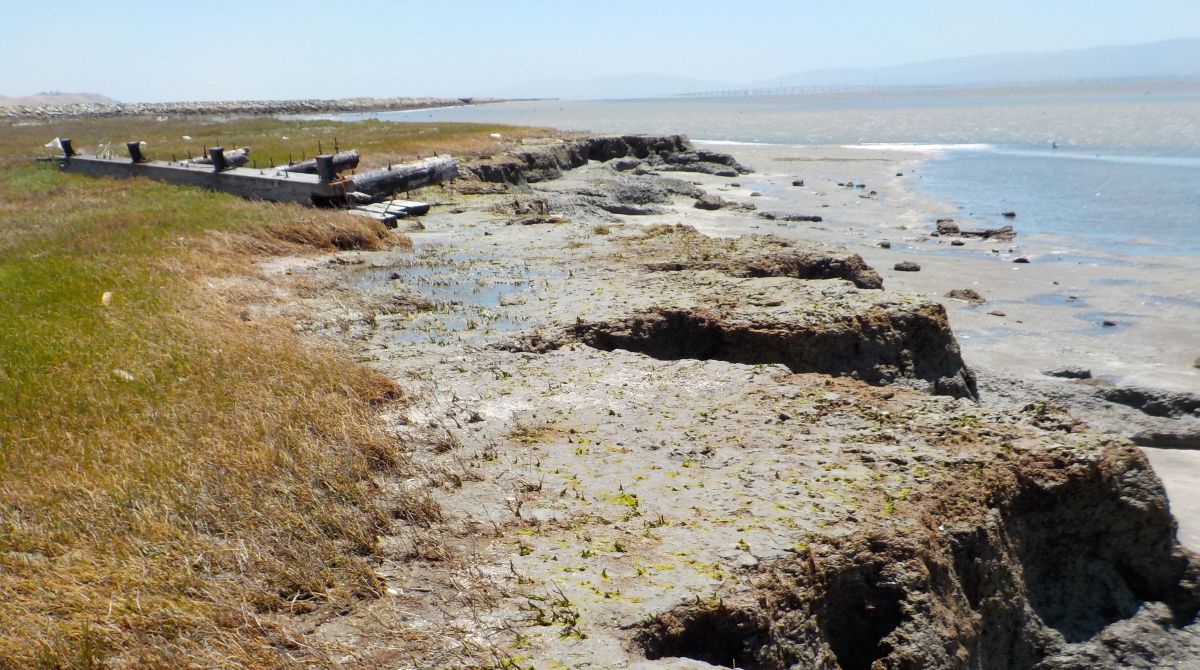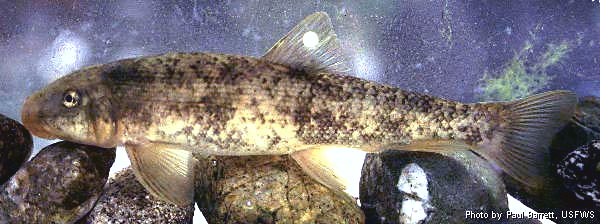Tagged fish reveal juvenile salmon search for habitat in varied watersheds. By NOAA Fisheries The migrations that make up the...
From the USGS Pacific Coastal and Marine Science Center A newly published study from USGS combines time-series measurements of sediment fluxes, repeat elevation surveys, and sediment core analysis to assess the long-term progress and future vulnerability of a restored marsh...
By H. Christopher Frey, North Carolina State University Science is essential as the U.S. Environmental Protection Agency carries out its...
by Ariel Rubissow Okamoto, Knee Deep Times Early results from 15 months of surveys in an experiment which placed sediment...
In the ongoing research of the Santa Ana Sucker (Pantosteus santaanae) USGS scientists try out different sampling methods. By the California Water Science Center The Santa Ana Sucker (SAS) is listed as threatened under the U.S. Endangered Species Act. The...
From the latest issue of the San Francisco Estuary and Watershed Science: The State of Bay–Delta Science: An Introduction to...
The relationship between topography and the terrestrial water cycle has been documented for thousands of years, yet there is still...
Researchers demonstrate a method for assessing how rising seas could raise groundwater levels, potentially transmitting flood hazards far inland. By Sarah Stanley, EOS As climate change continues to drive global sea level rise, many people living in coastal areas are...
The U.S. Geological Survey is researching the effect of wildfires on the release of stored mercury from forest watersheds and...
The elevation changes may seem small — amounting to fractions of inches per year — but they can increase or...
High heat, dry fuel, and strong winds drove the Palisades and Eaton blazes. By Emily Dieckman, EOS Climate change made the combination of high heat, dry climate, and forceful winds that drove this month’s devastating Los Angeles wildfires about 35%...
By Erica McNamee, NASA In a recently published paper, NASA scientists use nearly 20 years of observations to show that...
By Robin Meadows On a mild November day in California’s Sacramento Valley, Diana Almendariz ignites a clump of dry grass...
Cyanobacteria harmful algal blooms (CHABs) have long been a persistent water quality issue in the Delta, affecting ecosystems and public health for decades. Despite numerous studies highlighting their impacts, the Delta lacks a formal regulatory framework for monitoring CHABs. The...















